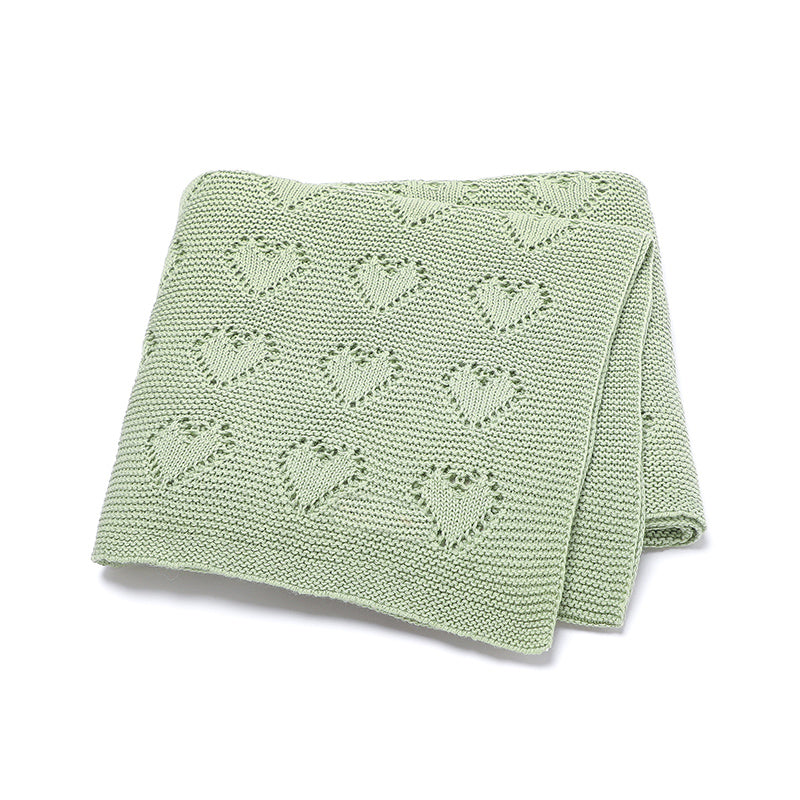As your little one begins to crawl, explore, and discover their surroundings, ensuring your home is safe becomes a top priority. Babyproofing might seem like a daunting task, but with the right approach, you can create a safe environment that allows your baby to explore freely while giving you peace of mind.
This guide offers a room-by-room checklist to help you babyproof your home effectively, so you can focus on enjoying precious moments with your child without constant worry.
Why Babyproofing Matters
Babies are naturally curious, and as they grow, their urge to explore leads them to every corner of your home. While this exploration is crucial for their development, it also presents potential dangers. Babyproofing minimizes risks and creates a safe space for your child to play, learn, and grow.
Whether you’re a first-time parent or preparing for your second (or third!) child, this guide will help you babyproof every room with ease.
1. The Living Room: A Hub of Activity
The living room is where your family spends the most time, making it a key area to babyproof. Here’s what to look out for:
Checklist:
• Cover Electrical Outlets: Use outlet covers or plug protectors to keep little fingers away from electrical hazards.
• Anchor Furniture: Secure bookshelves, TVs, and other heavy furniture to the wall to prevent tipping.
• Use Corner Guards: Place foam or rubber guards on sharp edges of coffee tables and furniture.
• Keep Cords Out of Reach: Tuck away cords from blinds, lamps, and electronics to avoid choking or strangulation hazards.
Pro Tip: Keep baby-safe toys, like playmats, within reach to encourage safe playtime in the living room.
2. The Kitchen: A Potential Danger Zone
The kitchen is full of hazards, from sharp utensils to cleaning products. Here’s how to babyproof it effectively:
Checklist:
• Install Cabinet Locks: Use childproof locks on cabinets that store knives, chemicals, or heavy pots.
• Move Small Appliances: Keep toasters, blenders, and other small appliances out of reach.
• Stove Safety: Use stove knob covers and cook on the back burners to prevent accidental burns.
• Secure Trash Cans: Use a lidded trash can with a lock or place it inside a cabinet.
Quick Tip: Keep your baby occupied with a safe item like a pacifier holder or a soft bamboo washcloth while you cook.
3. The Nursery: A Place for Rest and Play
Your baby’s nursery should be a haven of safety and comfort. Babyproofing this room ensures peace of mind during sleep and playtime.
Checklist:
• Secure the Crib: Ensure the crib meets safety standards and avoid placing items like blankets or toys inside.
• Anchor Furniture: Secure dressers and changing tables to prevent tipping.
• Choose Safe Accessories: Use organic cotton newborn clothes and soft bedding for your baby’s sensitive skin.
• Cover Radiators and Vents: Install guards to prevent burns or pinched fingers.
4. The Bathroom: Minimizing Water Hazards
Bathrooms are a hotspot for accidents, making babyproofing here essential.
Checklist:
• Install Toilet Locks: Prevent your baby from accessing the toilet.
• Secure Cleaning Supplies: Keep all cleaning products in a locked cabinet.
• Use Non-Slip Mats: Place non-slip mats in the tub and on the bathroom floor to prevent falls.
• Lower Water Heater Temperature: Set your water heater to a maximum of 48°C to avoid scalding.
5. The Bedroom: A Space for Relaxation
Your bedroom can be a cozy and safe space for your baby with a few adjustments:
Checklist:
• Remove Small Objects: Keep jewelry, coins, and other choking hazards out of reach.
• Secure Lamps and Electronics: Anchor bedside lamps and hide electrical cords.
• Babyproof Closets: Use door latches or locks to keep your baby out of closets.
6. Hallways and Stairs: Preventing Falls
If your home has hallways or stairs, babyproofing these areas is essential to avoid falls.
Checklist:
• Install Baby Gates: Place gates at the top and bottom of stairs.
• Remove Clutter: Keep hallways clear of toys, shoes, and other tripping hazards.
• Secure Rugs: Use non-slip pads under rugs to prevent sliding.
7. Outdoor Spaces: Extending Safety Beyond the Home
If your baby spends time in the backyard or balcony, these areas also require attention:
Checklist:
• Secure Fences and Gates: Ensure fences are in good condition and gates are locked.
• Remove Hazardous Plants: Identify and remove any plants that may be toxic.
• Supervise Water Areas: Always supervise your baby around pools, ponds, or fountains.
Quick Tip: Keep a bamboo romper or organic cotton outfit handy for outdoor play, ensuring your baby stays comfortable while exploring safely.
8. General Tips for Babyproofing
• Start Early: Begin babyproofing before your baby starts crawling to stay ahead.
• Get Down to Their Level: Crawl around your home to identify potential hazards from your baby’s perspective.
• Inspect Regularly: Reassess your babyproofing measures as your child grows and becomes more mobile.
Creating a Safe Haven for Your Baby
Babyproofing your home may seem overwhelming, but breaking it down room by room makes the process manageable. By taking proactive steps, you can create a safe environment where your baby can explore and grow with confidence.
At Issy & Lilo, we understand the needs of modern parents. While our expertise lies in providing premium baby clothing like bamboo rompers and organic cotton newborn clothes, we’re here to support you with tips and guidance for every step of your parenting journey.


















